Change is not just some linear efforts, should it require some adjustments after being deployed, and make continuous improvement.
Psychologically, change management is to transform people’s emotion from pseudo to enthusiastic, from reactive to proactive, and move from resistance-to exploration-to commitment.
Resistance to changes: Change is inevitable, as the saying goes, "people don't resist change, they resist being changed." It’s important to understand the reasons and goals behind the change as well as its scope and depth/breadth of changes. “Why to change, what you need to accomplish, what it consists of and what does it impact.” It's a good idea to get clarity on what the "resistance" is all about and look closer to the reality of what's going on. If you can tap into, better understand and work with the energy of resistance, you can also accelerate purposeful change. If someone is resisting change, what's that about? Are they perhaps interested in "certainty," "stability," "think things are on the right path" or is it something else? It is wise to look for a "positive intent" behind a "resistor," actions or opinion before making assumptions.
A lot of changes are unpleasant for those impacted. Resistance to change has root causes in fear-driven by evolutions. When someone is resisting change, it is usually because one or more of the elements is missing for them. Resistance is a balancing mechanism that says something isn't aligned or set right. If approached/managed well, the cause of resistance will point to where important learning is needed to come up with goals or actions that will actually work and, by virtue of engaging that part of the system productively, generate the buy-in needed to make something positive happen. Stakeholder involvement and engagement nearly always makes these difficult paths easier to tread.
Exploration-to the future: Change is the voyage. The key factor to the paradigm shift has been the endless self-exploration and self-renewal in intellectual, emotional, material, or spiritual dimensions that need to co-evolve together. Metaphorically, people or organizations are like boats, the old world is the past; the new world is the future. The only way to get to the future is to be a proponent of change and explore the uncertain future courageously. If you want the boat to go in the right direction, you must adjust your sails with the direction of the wind. The art of sailing depends on knowing how to manage the wind. The speed of change depends on how smoothly you can integrate all important elements into differentiated changeability.
It takes courage, motivation, discipline, and persistence to get out of your comfort zone and explore the “art of possibilities.” So humanize change management and remind leaders that the people they are trying to change have hearts and minds, doubts and fears. Explore changes and develop the business potential by taking a structural effort, using change techniques, and pushing the limits of the available technology and resources. Forethoughtful digital leaders and professionals understand where and how you can and should improve to get the biggest effect and scale up across the digital ecosystem effortlessly.
Commitment: Change Management is neither just top down nor bottom up, buy-in and commitment from the different levels is crucial to change success. Buy-in means giving people a chance to understand why the change is necessary, what’s the best scenario to change, getting them to participate in defining the better change process, to ensure they have a voice in improving it. Top management teams should review the pros and cons, potential cause and effect to other areas, short and long-term financial implications and the overall change impact on the company, prior to making a commitment and suggesting an alternative approach. People in the company need to figure out what is in it for me.
Change Management is multidimensional; it takes people to engage with something that is being pushed at them, and then you are talking about increasing commitment rather than overcoming resistance. There are different mentalities, power of influence, commitment levels in change management; the degree of” influence/power” on one axis and the “degree of commitment' on the other, and marking where to locate stakeholders. Those with 'High Influence/Low Commitment' are the ones to be most concerned about, where you need to concentrate your efforts. Those with “Low Influence/Low Commitment,” in a well-planned and communicated change program, should be few in number and tolerable.
Change is not just some linear efforts, should it require some adjustments after being deployed, and make continuous improvement. The high mature digital organizations are highly conscious about what’s happening in their environment, with the ability to adapt to change timely, grasp opportunities, and prevent risks effectively to achieve higher than expected business results.
Resistance to changes: Change is inevitable, as the saying goes, "people don't resist change, they resist being changed." It’s important to understand the reasons and goals behind the change as well as its scope and depth/breadth of changes. “Why to change, what you need to accomplish, what it consists of and what does it impact.” It's a good idea to get clarity on what the "resistance" is all about and look closer to the reality of what's going on. If you can tap into, better understand and work with the energy of resistance, you can also accelerate purposeful change. If someone is resisting change, what's that about? Are they perhaps interested in "certainty," "stability," "think things are on the right path" or is it something else? It is wise to look for a "positive intent" behind a "resistor," actions or opinion before making assumptions.
A lot of changes are unpleasant for those impacted. Resistance to change has root causes in fear-driven by evolutions. When someone is resisting change, it is usually because one or more of the elements is missing for them. Resistance is a balancing mechanism that says something isn't aligned or set right. If approached/managed well, the cause of resistance will point to where important learning is needed to come up with goals or actions that will actually work and, by virtue of engaging that part of the system productively, generate the buy-in needed to make something positive happen. Stakeholder involvement and engagement nearly always makes these difficult paths easier to tread.
Exploration-to the future: Change is the voyage. The key factor to the paradigm shift has been the endless self-exploration and self-renewal in intellectual, emotional, material, or spiritual dimensions that need to co-evolve together. Metaphorically, people or organizations are like boats, the old world is the past; the new world is the future. The only way to get to the future is to be a proponent of change and explore the uncertain future courageously. If you want the boat to go in the right direction, you must adjust your sails with the direction of the wind. The art of sailing depends on knowing how to manage the wind. The speed of change depends on how smoothly you can integrate all important elements into differentiated changeability.
It takes courage, motivation, discipline, and persistence to get out of your comfort zone and explore the “art of possibilities.” So humanize change management and remind leaders that the people they are trying to change have hearts and minds, doubts and fears. Explore changes and develop the business potential by taking a structural effort, using change techniques, and pushing the limits of the available technology and resources. Forethoughtful digital leaders and professionals understand where and how you can and should improve to get the biggest effect and scale up across the digital ecosystem effortlessly.
Change Management is multidimensional; it takes people to engage with something that is being pushed at them, and then you are talking about increasing commitment rather than overcoming resistance. There are different mentalities, power of influence, commitment levels in change management; the degree of” influence/power” on one axis and the “degree of commitment' on the other, and marking where to locate stakeholders. Those with 'High Influence/Low Commitment' are the ones to be most concerned about, where you need to concentrate your efforts. Those with “Low Influence/Low Commitment,” in a well-planned and communicated change program, should be few in number and tolerable.
Change is not just some linear efforts, should it require some adjustments after being deployed, and make continuous improvement. The high mature digital organizations are highly conscious about what’s happening in their environment, with the ability to adapt to change timely, grasp opportunities, and prevent risks effectively to achieve higher than expected business results.



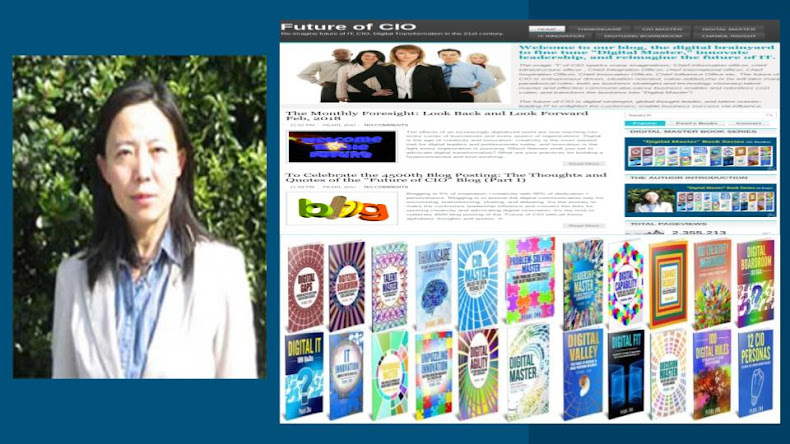













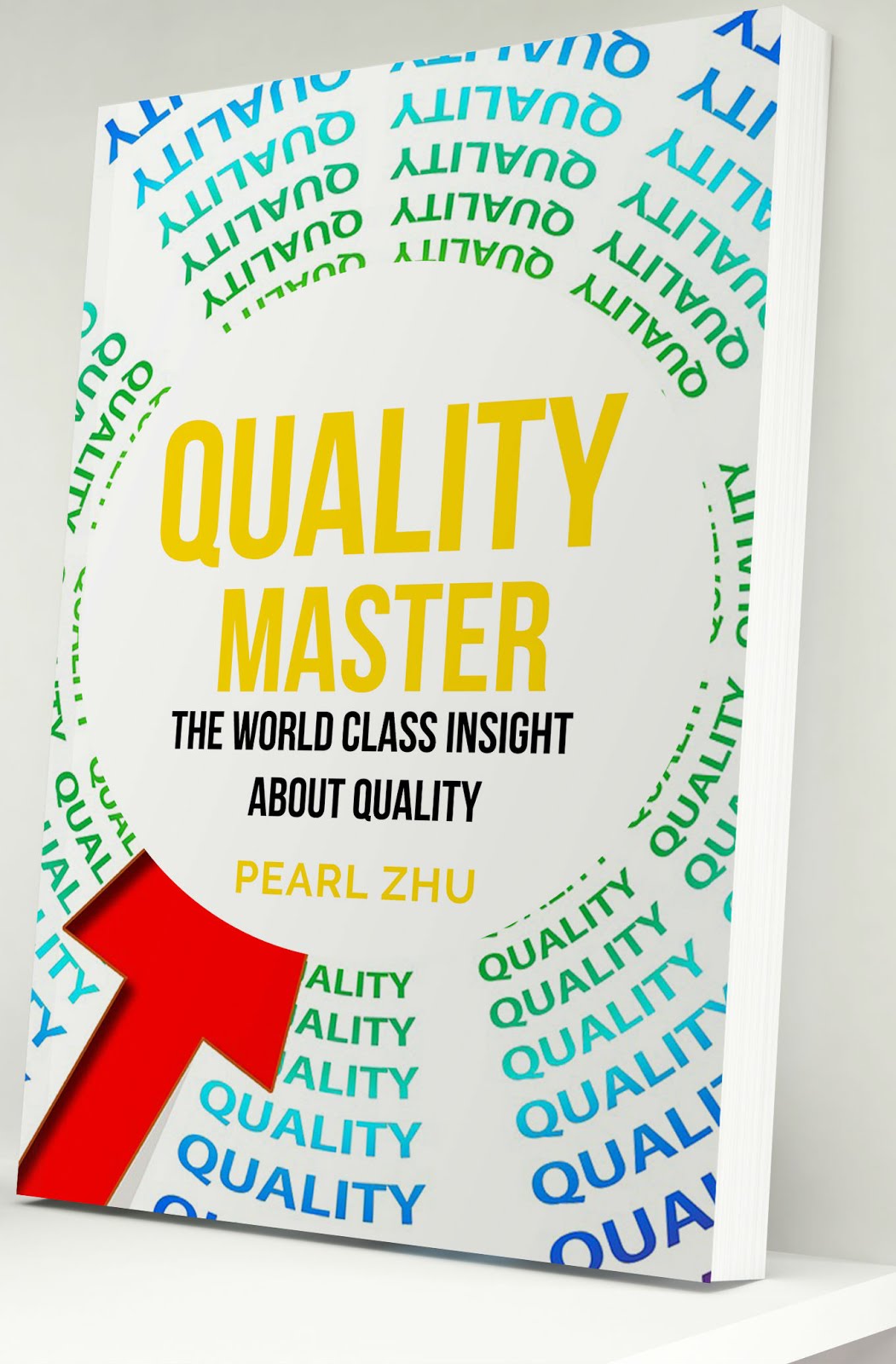
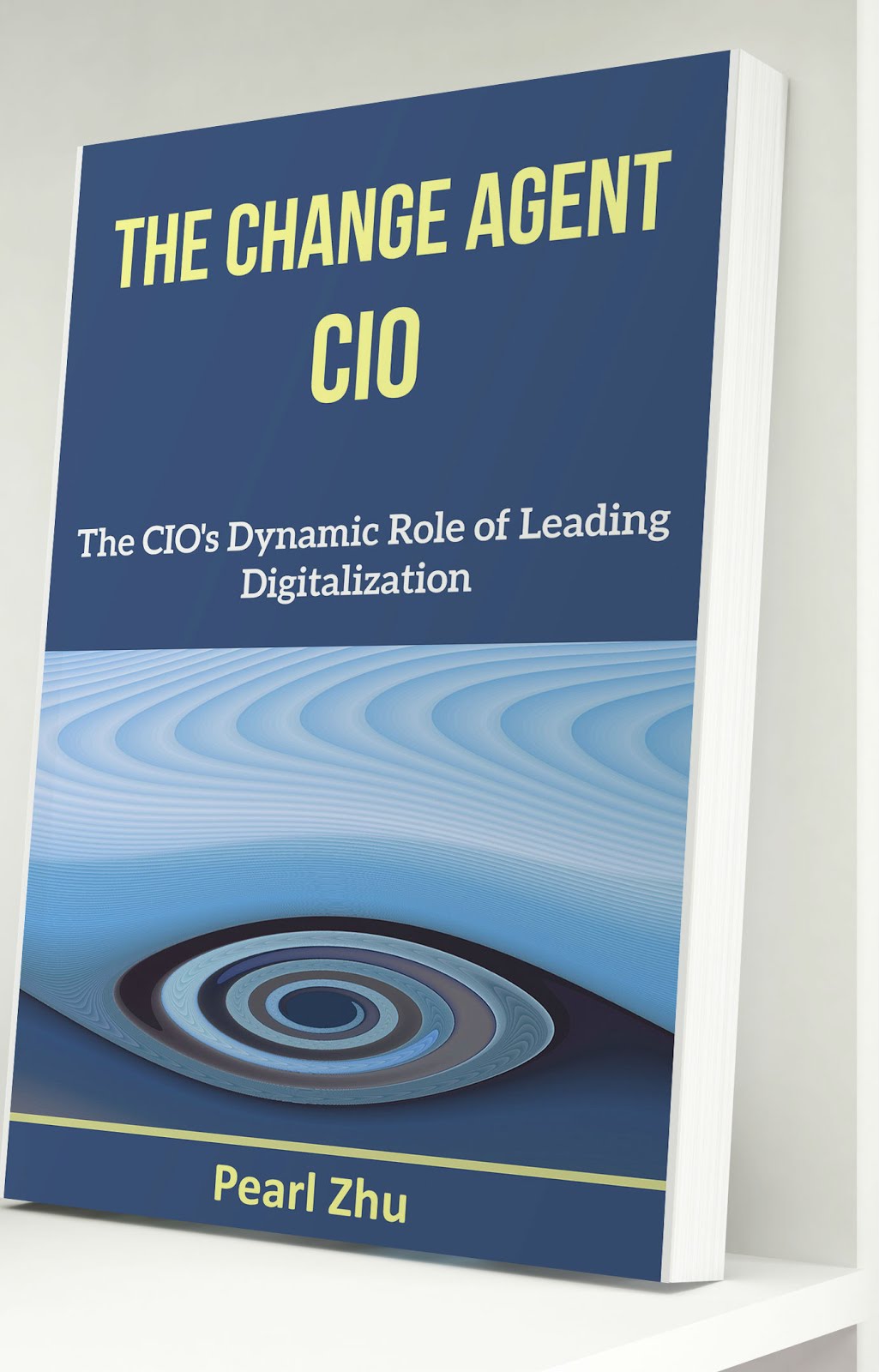



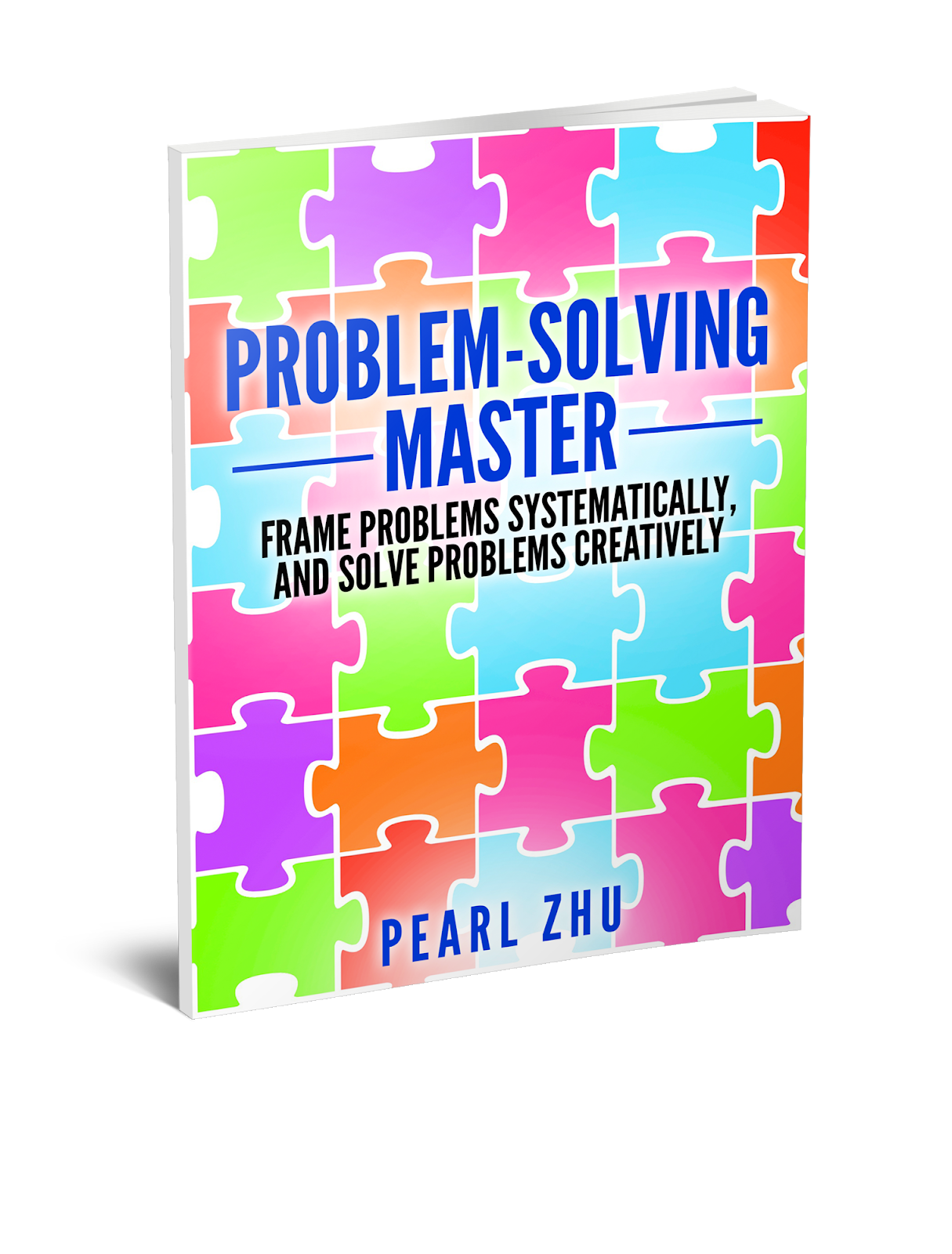
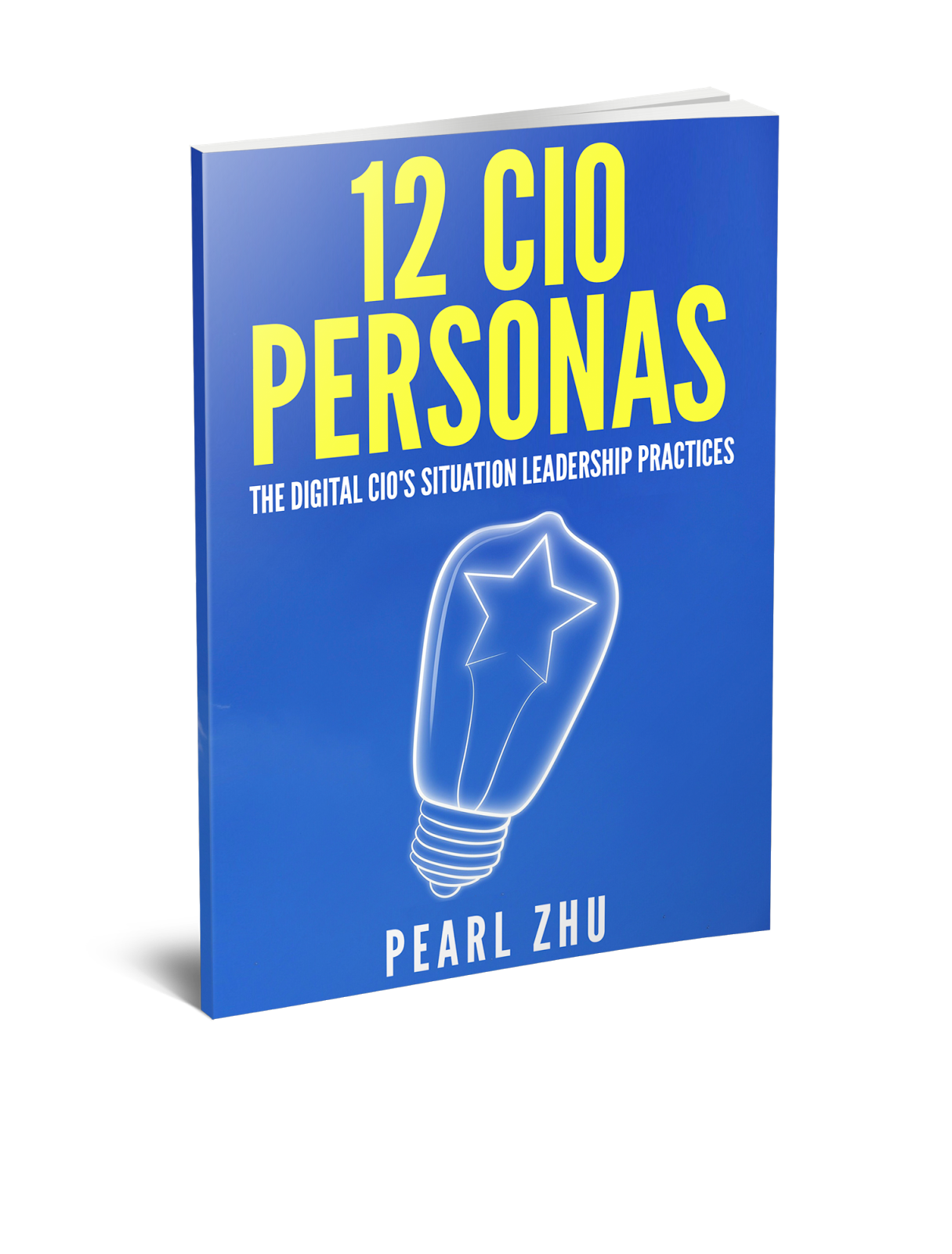
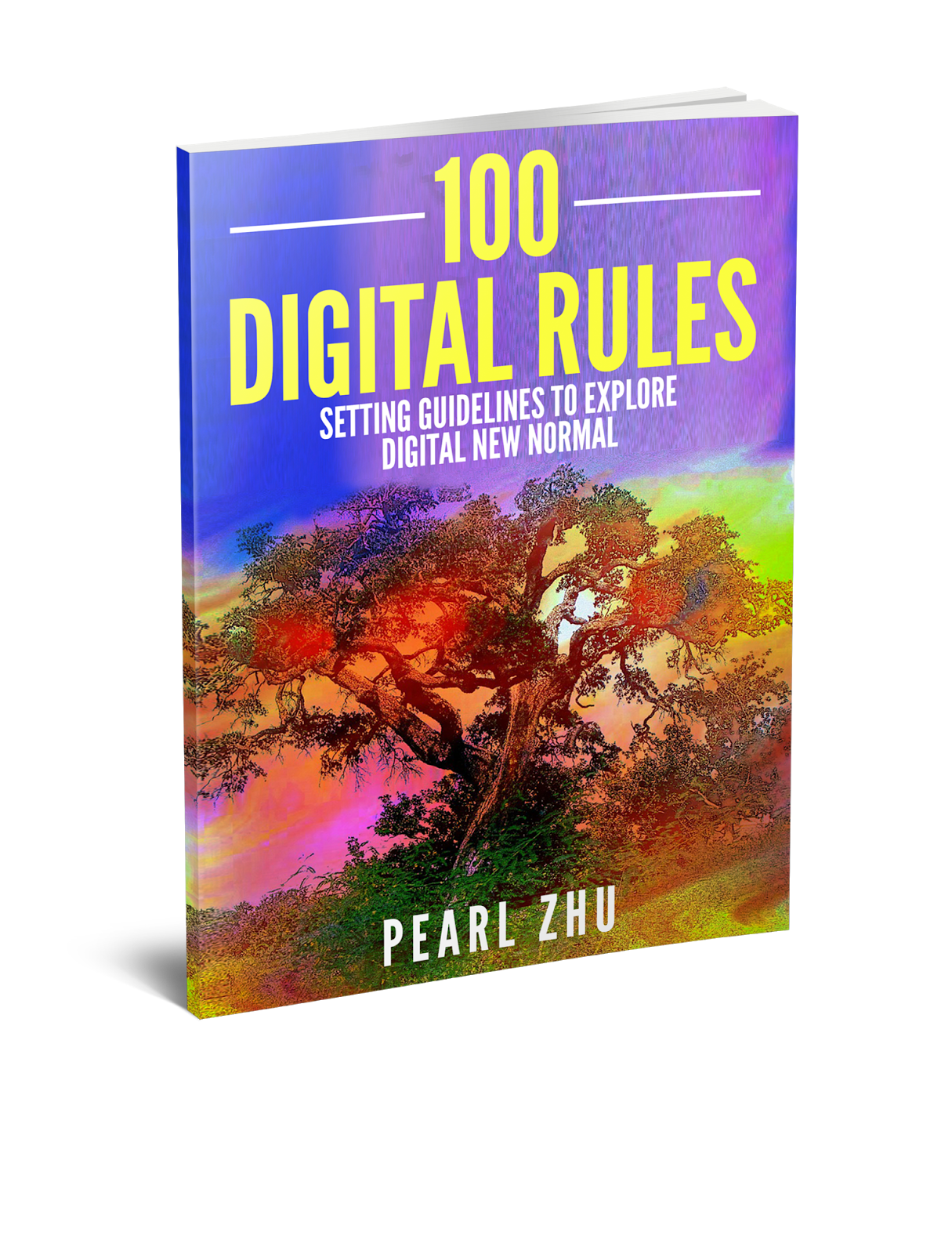
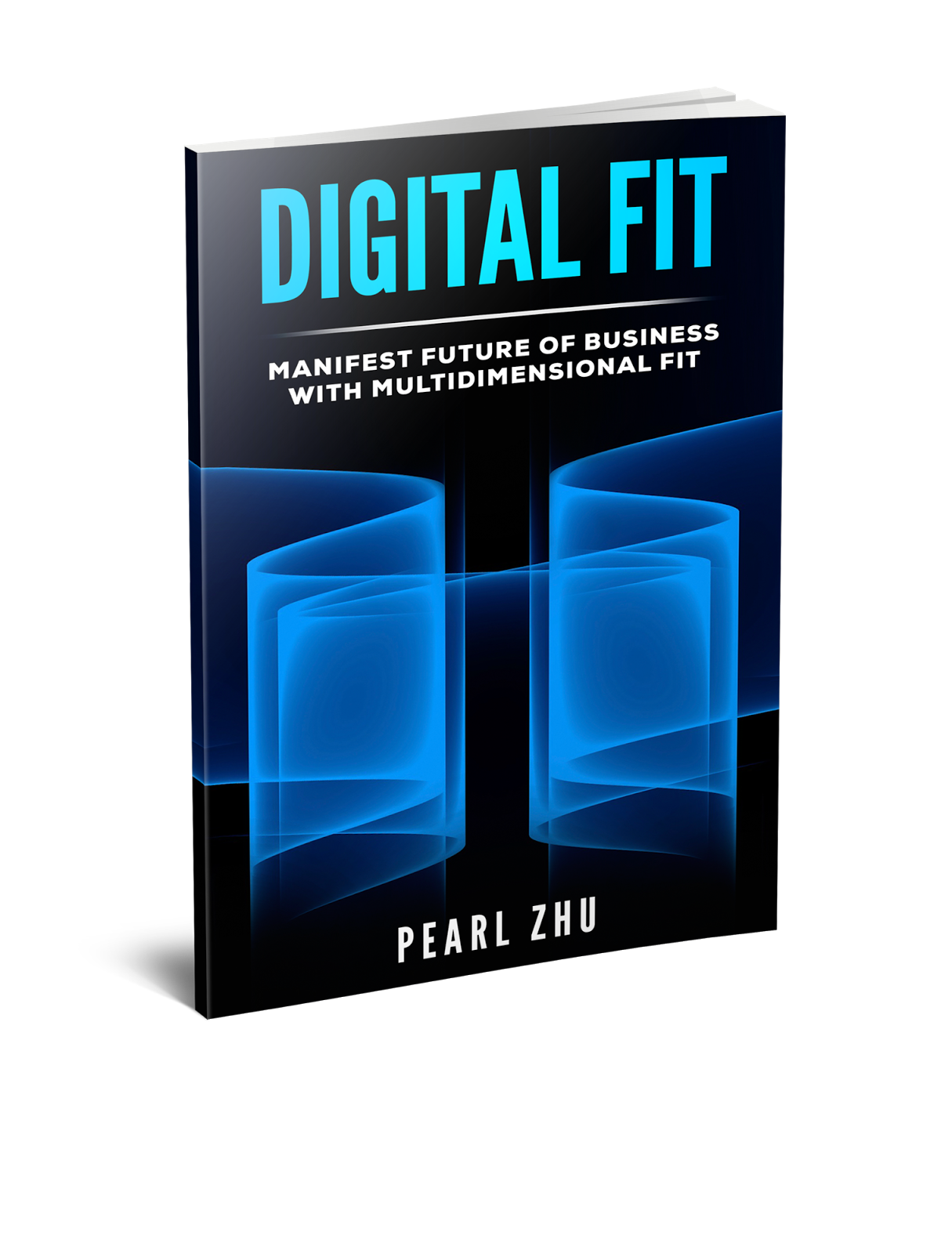

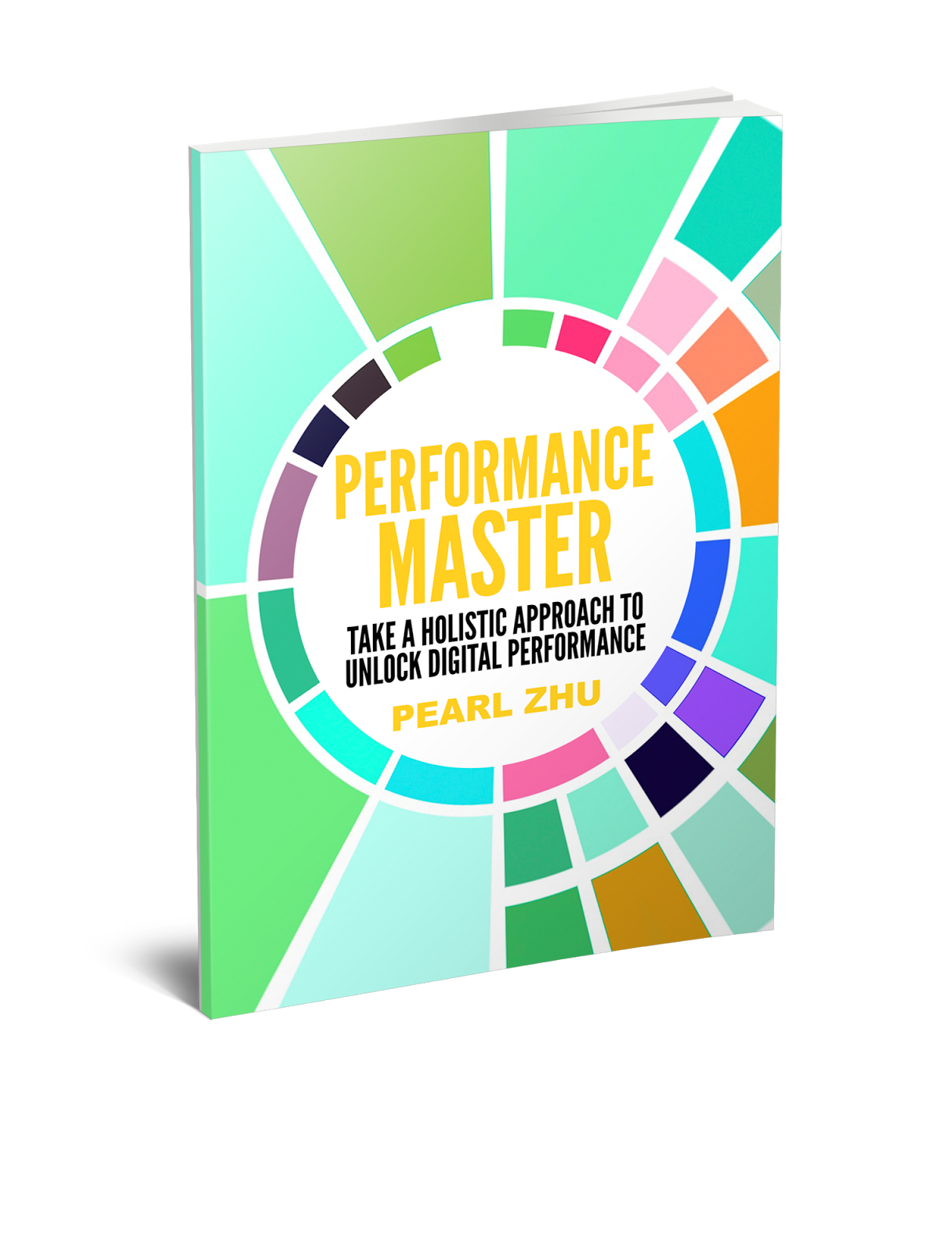
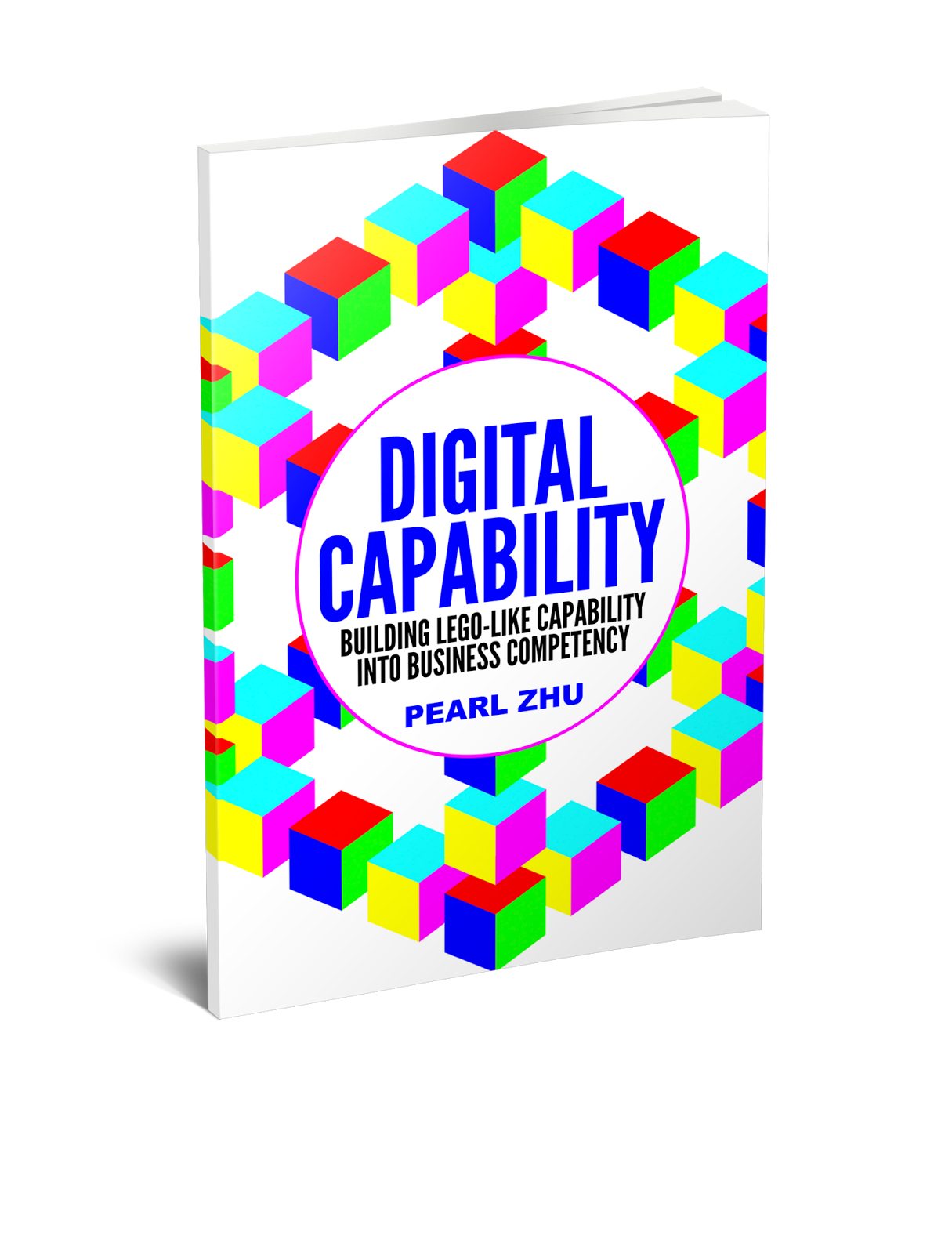




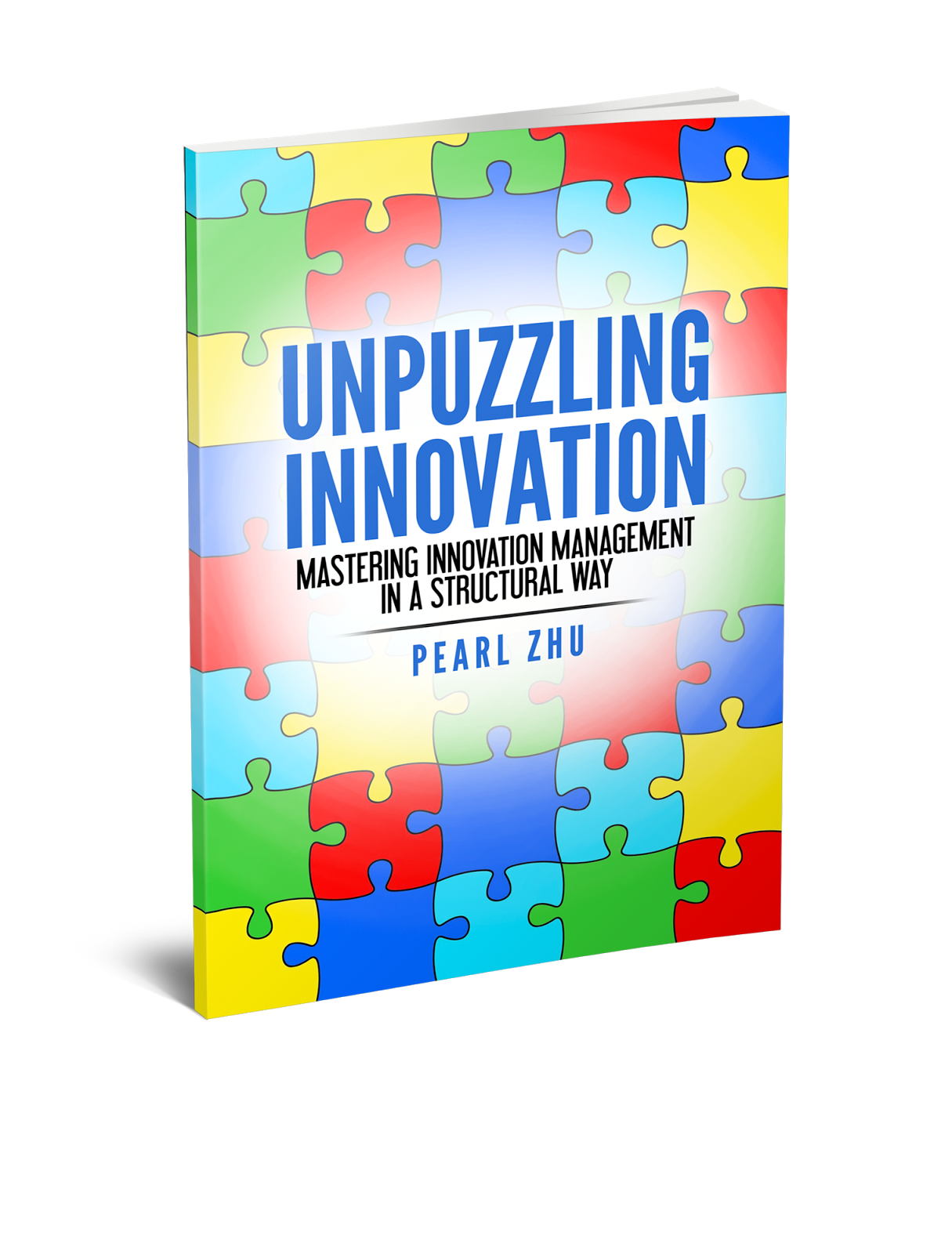
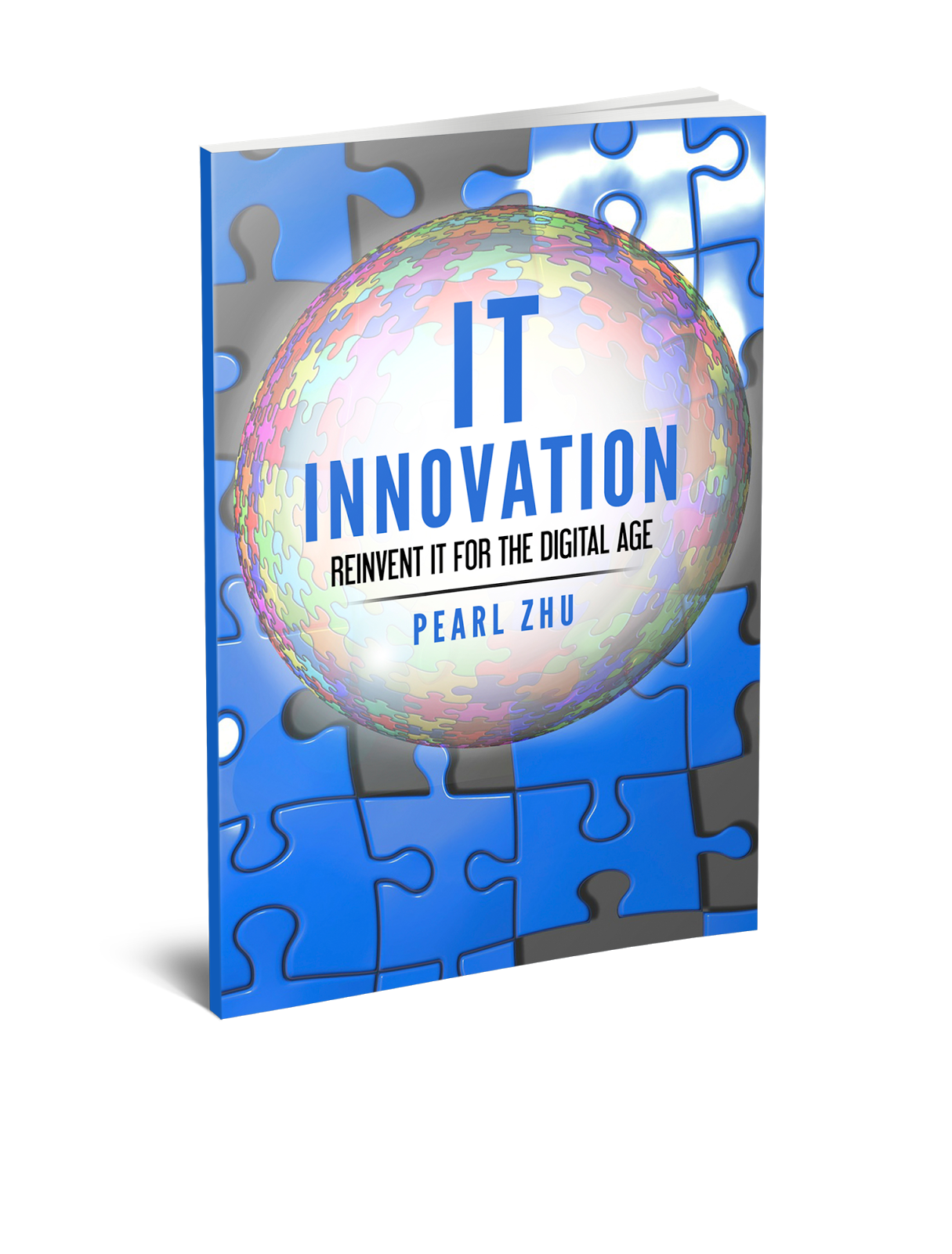






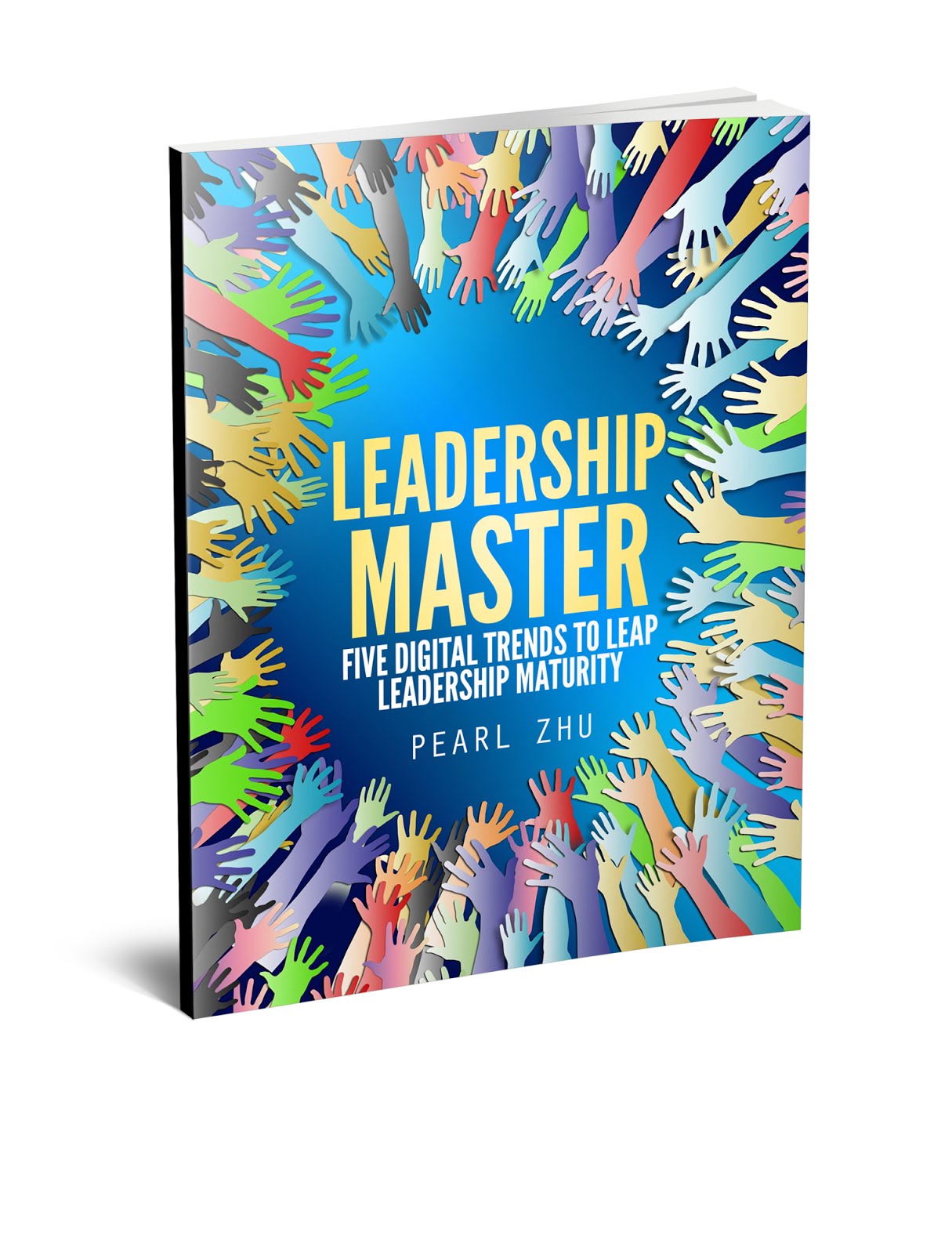


3 comments:
Hi Everyone I'm James Anderson, I help students with their academic work. Last time I provided management assignment help services to a European student. I work with 1k clients and solve their academic issues.
The web developers UK continued to innovate and push the boundaries of what was possible in web development. Their passion and dedication paved the way for a thriving industry that played a critical role in the digital transformation of the UK. And the world watched in awe as the web developers UK continued to create stunning websites, one project at a time.
Thank you for sharing this informative blog with us. Your blog is very useful for us. Are you struggling with your engineering assignments? So, engineering assignment helpin Australia offers comprehensive assistance to students pursuing engineering disciplines across various universities and educational institutions in Australia. Our services cater to the diverse needs of students studying mechanical, electrical, civil, chemical, and other branches of engineering. Our team comprises experienced engineering professionals, subject matter experts, and academic writers who possess in-depth knowledge and understanding of the core concepts and principles in engineering. We provide personalized assistance tailored to meet the specific requirements of each assignment, ensuring high-quality solutions that adhere to academic standards and guidelines.
Post a Comment